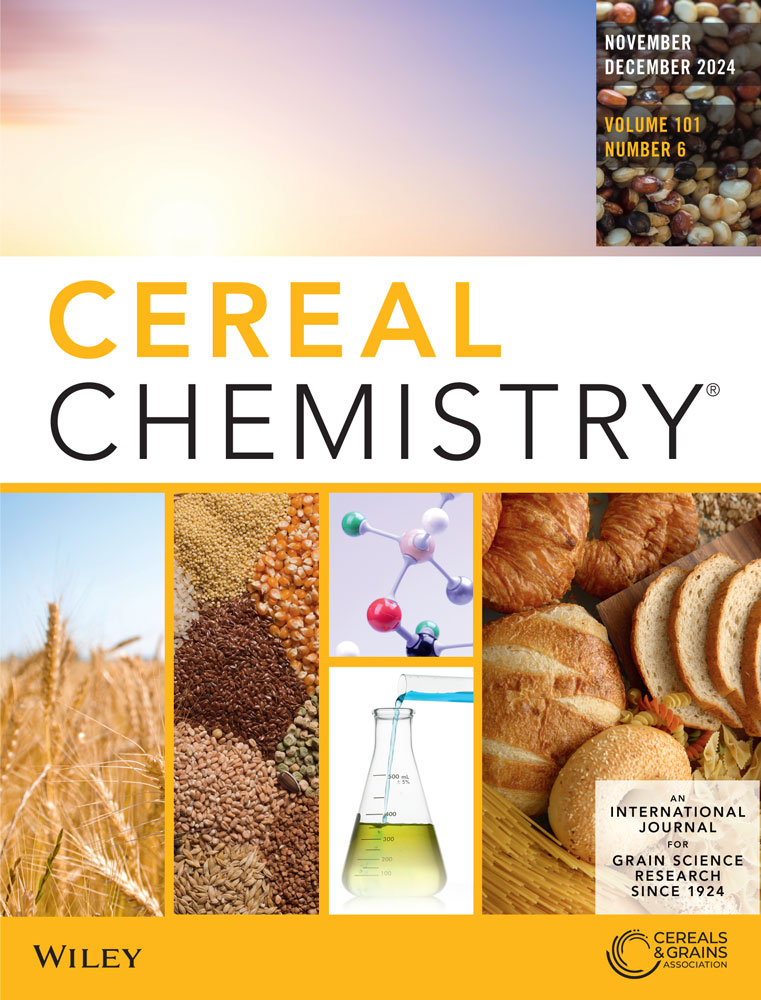Quality of resistant starch-enriched breadcrumbs extrudates
Abstract
Background and Objectives
Although bread waste is often processed into breadcrumbs for use in breading formulations, an alternative method to add value to this by-product is to incorporate it into snack food applications. This study examined the extrusion of breadcrumbs under varying conditions of feed moisture content (13%, 15%, or 17%) and die temperature (120°C or 150°C). To enhance the total dietary fiber (TDF) content of the extrudates, the base breadcrumbs formula was supplemented with resistant starch types 2 and 4 (RS2 and RS4) at different concentrations (15% and 30%). The physical and techno-functional properties of the resulting breadcrumb extrudates (BCEs) were then investigated.
Findings
The TDF content of BCEs generally increased with higher feed moisture contents, but it was not affected by different die temperatures. The highest radial expansion index (6.33) among the RS-supplemented BCEs was achieved with RS2-supplemented BCEs extruded at a die temperature of 120°C and a feed moisture content of 13%. RS4 supplementation also produced BCEs with similar properties under certain extrusion conditions.
Conclusions
There was no significant difference in TDF content between RS2 and RS4-supplemented BCEs at the lowest feed moisture content studied. Overall, RS2 supplementation had a less negative impact on the extrudate expansion index, density, and crispness values compared to RS4 supplementation, indicating the better suitability of RS2 for snack food applications. All BCEs produced had TDF contents higher than 6%, allowing them to carry a “high fiber content” claim according to relevant European Union regulations.
Significance and Novelty
The effects of different types of resistant starch on the physical and techno-functional properties of extruded snacks have not been studied to date. This study addresses this research gap and adds value to a major by-product of the bakery industry, breadcrumbs, by incorporating them into snack food applications.

 求助内容:
求助内容: 应助结果提醒方式:
应助结果提醒方式:


